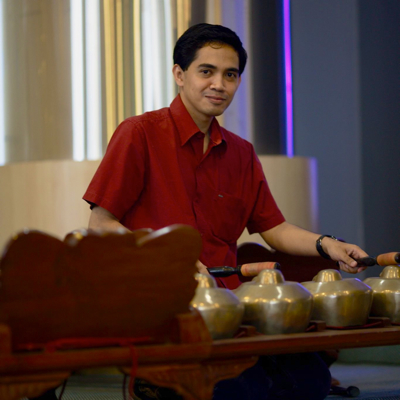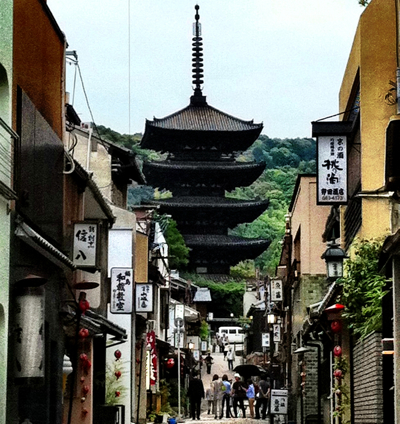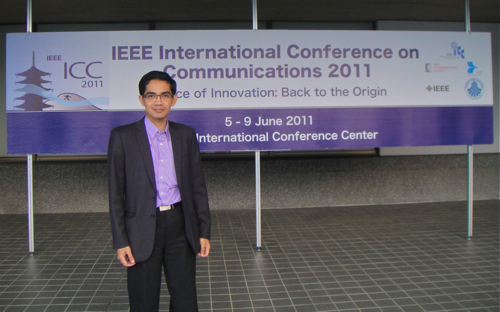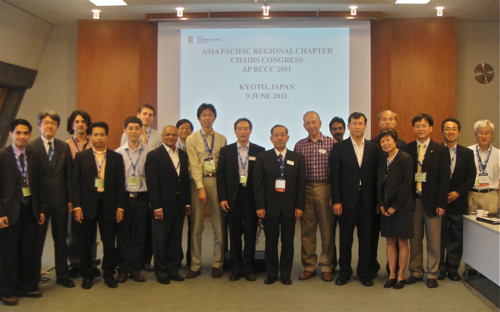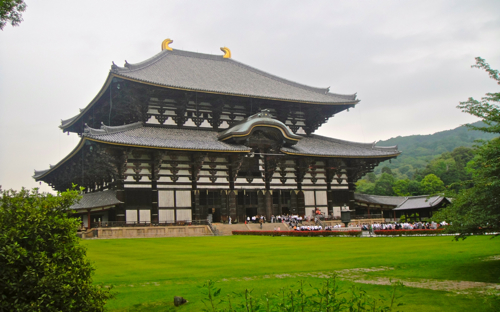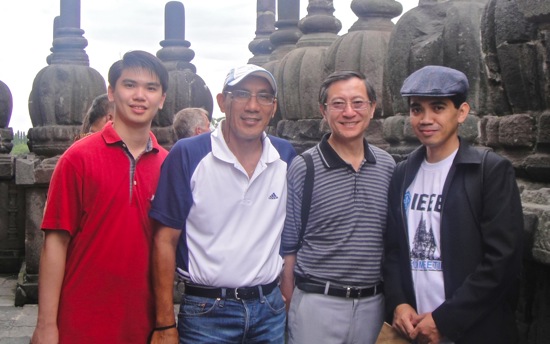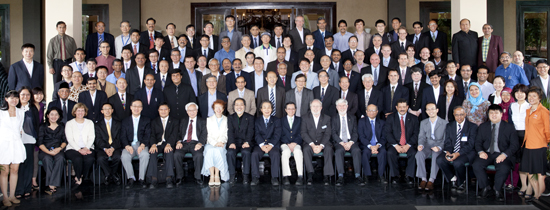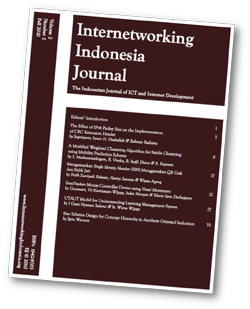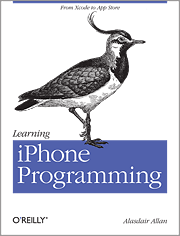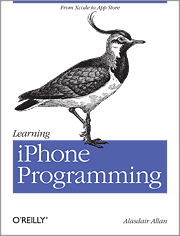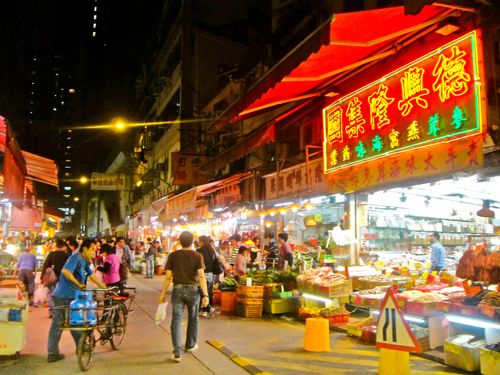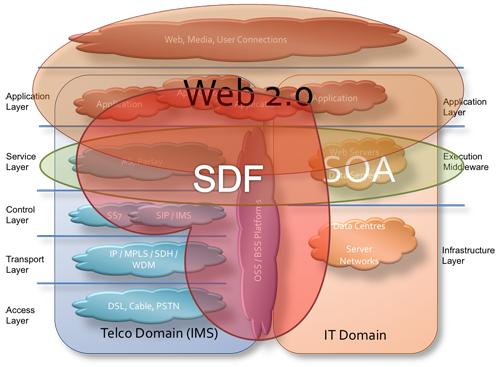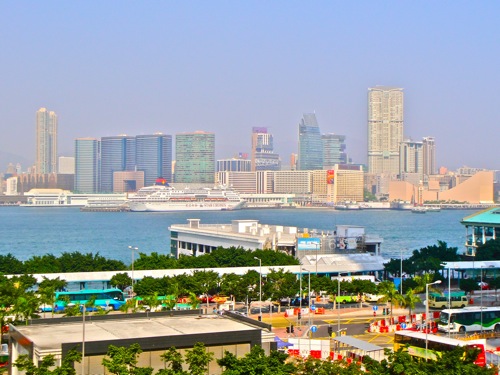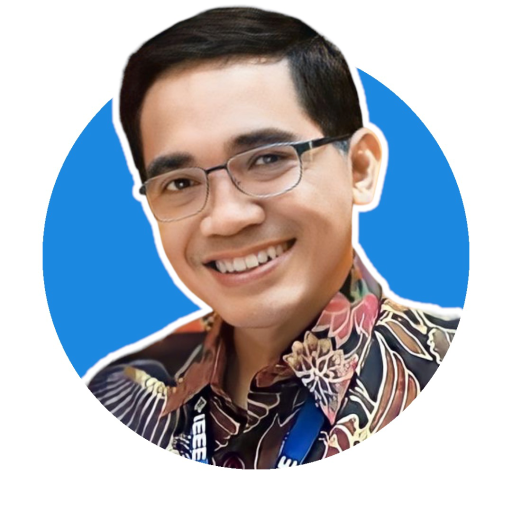Quite a lot of articles, or even books, have been discussing various strategies for corporate approaches to social media. I will not call myself an expert in this field. I observe social networks as an engineer who needs to prove some interesting natural laws, haha. But let’s skip this part. Let’s spend a couple minutes for a discussion about social media for corporates.
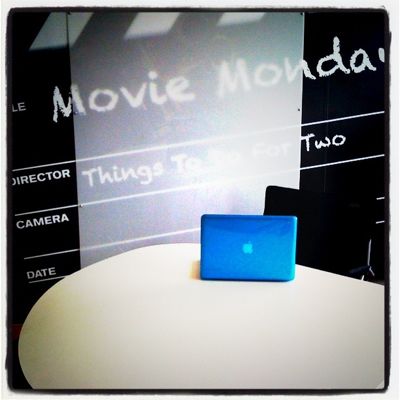
First, about Web 2.0, or Internet 2.0, or even Culture 2.0. The stories about this always start from a shift in the role of previously assumed passive users that now become active contributors. I prefer to simply call it a shift, from information and communication, to conversations. And an important aspect in the conversations, of course, is equality. The role of info centers should terminate. Now everyone is an equal member who shares. No more providers and customers, and no more terms such as ‘customer education’ ;). It has been replaced by lively discussions: to listen to each other, to enrich common discourses, and to help each other actualising the passions.
The corporates: the old companies live since the era of centralised power and information, and the new companies that are greedy to find revenue as fast as possible, often stuck to classical things: making social media as a mouthpiece of the campaign. Various channel are synergised, or more precisely conspired, to blow information and more information, that in the end only to point to dullness: products without uniqueness, an unattractive services, and an awareness of mediocre programs.
Now then. The communication problem is only secondary. The primary one is what we really want to communicate. Companies neglect their tasks to create create unique products, improved services, intriguing information, inspiring ideas, etc. The shallowness are then shouted, possibly effectively. Effective to show the shallowness. OK, this is the main problem, which should be resolved prior to any entry into social media. Or, OK, it could be solved with the support of social media, because: the primary advice to social media is this: start by listening, then conversation, then sharing :).
The other problem, coincidentally, is just exposed at the end of the previous paragraph. The order of entering the public forum is not (1) introduction, (2) hit the scene, then (3) shouting. Instead, it should start with listening and observing, then commencing a sympathetic conversation, continued by sharing. This applies not only to the individuals, but also for large companies.
Another essential thing to do is to use the corporate icons. Imagine a Mr Z who suddenly delivered an interesting info from Company X. Everyone will figure out: Ah, Z is just a cheap marketer, who sends his message as his job as an employee, and earn from it. No one would blame or get angry, but the communication remains ineffective. The more interesting way is to encourage our employees to engage actively in various forums and social media according to their own passions. They might be an expert in photography, a geek in cutting-edge science and technology, an avid music lover, a diva in game consultancy, etc. You can imagine it. Scattered, but not too far from the mid-term corporate strategy. And all should use their own real name and the identity as an employee of Company X. They would become the icons or the ambassadors of Company X. Then one day they would discuss about new music products, game distribution, e-commerce, the future of mobile technology, etc. Now the public would listen, because the same Mr Z now voices his passion, his acknowledged expertise, to his close friends or communities. No more marketing sound, but an intelligent and fair opinion of a friend, a respected member of communities, who discuss things that enrich our life better, because the passions.
I guess it would not be easy for any company to accomplish those simple things :). Many are still dizzily occupied by affairs such as revenue, opex, capex, and short-term targets. Though, there is a solution for that. But not now. I have to make some preparations for my presentation in Hong Kong this week.

